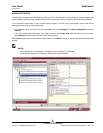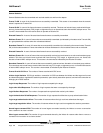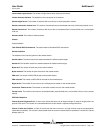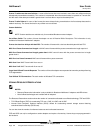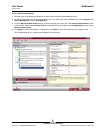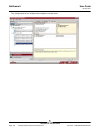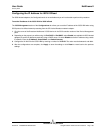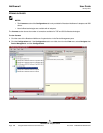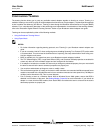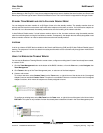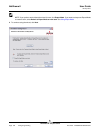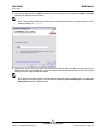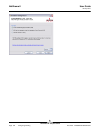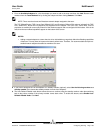
User Guide NetXtreme II
January 2010
Broadcom Corporation
Document ENGSRVT52-CDUM100-R Configuring Teaming Page 187
CONFIGURING TEAMING
The teaming function allows you to group any available network adapters together to function as a team. Teaming is a
method of creating a virtual NIC (a group of multiple adapters that functions as a single adapter). The benefit of this approach
is that it enables load balancing and failover. Teaming is done through the Broadcom Advanced Server Program (BASP)
software. For a comprehensive description of the technology and implementation considerations of the teaming software,
refer to the "Broadcom Gigabit Ethernet Teaming Services" section of your Broadcom network adapter user guide.
Teaming can be accomplished by either of the following methods:
• Using the Broadcom Teaming Wizard
• Using Expert Mode
NOTES:
• For further information regarding teaming protocols, see “Teaming” in your Broadcom network adapter user
guide.
• If you do not enable LiveLink™ when configuring teams, disabling Spanning Tree Protocol (STP) at the switch
is recommended. This minimizes the downtime due to spanning tree loop determination when failing over.
LiveLink mitigates such issues.
• BASP is available only if a system has one or more Broadcom network adapters installed.
• The TCP Offload Engine (TOE), Large Send Offload (LSO), and Checksum Offload properties are enabled for
a team only when all of the members support and are configured for the feature.
• If an adapter is included as a member of a team and you change any advanced property, then you must rebuild
the team to ensure that the team’s advanced properties are properly set.
• You must have administrator privileges to create or modify a team.
• The load balance algorithm in a team environment in which members are connected at different speeds favors
members connected with a Gigabit Ethernet link over members connected at lower speed links (100 Mbps or
10 Mbps) until a threshold is met. This is normal behavior.
• Prior to creating a team on a Windows Server 2003 or Windows Server 2008 system, ensure that RSS is
disabled in all members of the team. See Setting Adapter Properties for more information. If you include an
adapter in a team that has RSS enabled, then disable RSS and rebuild the team to ensure that the team’s
advanced properties are properly set.



